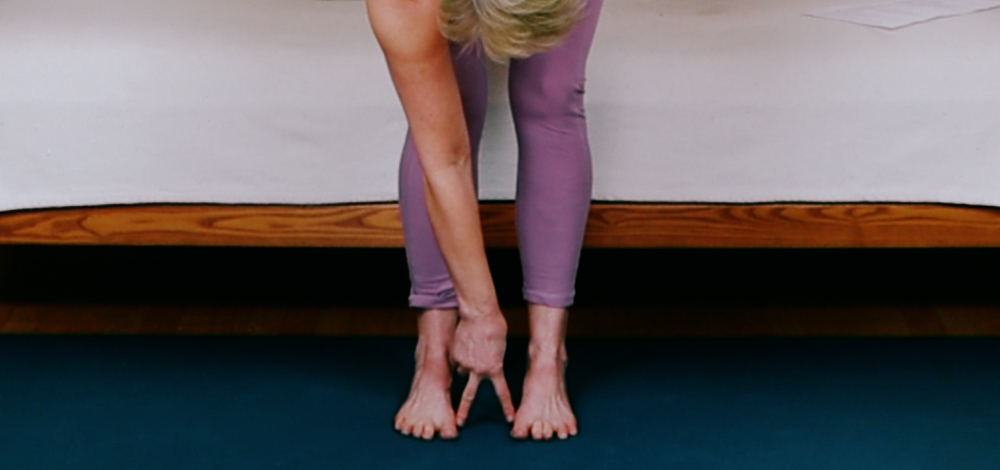 Technique and alignment in your yoga poses is essential for the health of your new hip(s). If you are practicing proper technique this means you are using proper alignment and this will make your hips happy!!
Technique and alignment in your yoga poses is essential for the health of your new hip(s). If you are practicing proper technique this means you are using proper alignment and this will make your hips happy!!
On the physical level, practicing proper technique and alignment will reduce stress on your joints – the new one and the old ones. This will lessen the chances of the prosthesis loosening from the bone or the ball dislocating from the socket. And the more we practice alignment in a controlled environment, such as on the yoga mat, the more we develop a habit of mindful movement out in the world.
On the mental level, practicing technique and alignment requires awareness, or focus, which not only creates good results for our bodies but also is good practice for our minds. When you concentrate on the details of movement and correct alignment it directs a thought-filled mind toward a single task. It is a moving meditation which allows the mind to rest and the psyche to calm down. I think we all have had the experience of how our thoughts, when running wild, become unproductive, stir us up, and make us distressed. When we get caught in these unproductive worry loops it is important to break the cycle. Practicing yoga is a way to do this and with regular practice it will become easier and easier to control those whirling thoughts.
Technique involves not only alignment but also patience as you work your way toward a certain pose. If your goal, for example, is to sit crossed legged, as a “Hippie” you will want to warm up with lots of hip-strengthening poses so that your muscles are strong and warmed-up before you ask them to stretch. Once those hips are nicely warmed-up they will be more receptive to deeper stretching. And keep in mind that if you were not able to sit in a crossed-legged position or if you needed props to sit crossed legged, before surgery it is likely it will be the same after surgery. You can, however, expect to regain, at minimum, your previous level of mobility with time, patience, and practice.
Be a far-sighted yogi. Remember that you are getting to know a new hip so be patient and trust that in time your body will hit its stride. If before surgery it took 15-30 minutes to warm up for a pose, after surgery it may take 6-12 months of many sessions before your body is ready for the same pose. All this is normal.
Get good instruction. Become a Yoga for Hip Replacment Member and/or attend technique-oriented yoga classes with a teacher who understands THR. Each time you go to the mat, commit to moving with mindfulness. If you have been a very active person, be prepared to slow waaaay down, at least for awhile, until you have all restrictions lifted and you are fully healed.
Things to be aware of:
-
- Alignment! Make alignment and strength your priority. Let deep stretching take a back seat for now.
- Let pain be your guide. If something feels weird, do not do it and resist the urge to test your limits until you expereience pain.
- Move slowly and pay attention to sensation.
- Don’t be shy about using props even if you did not use them before surgery.
- Adopt a beginner’s attitude. Your hip is brand new to yoga and whether you’ve been practicing for years or are just a beginner, things will be different, not better, not worse, just different.
- Respect the healing process and remember that it takes 6-12 weeks for bone and tissue to mend.
Become a Yoga for Hip Replacement Member: It’s a good idea to nail down proper technique before surgery. That way you will have good habits in place for when your new joint is most vulnerable.
